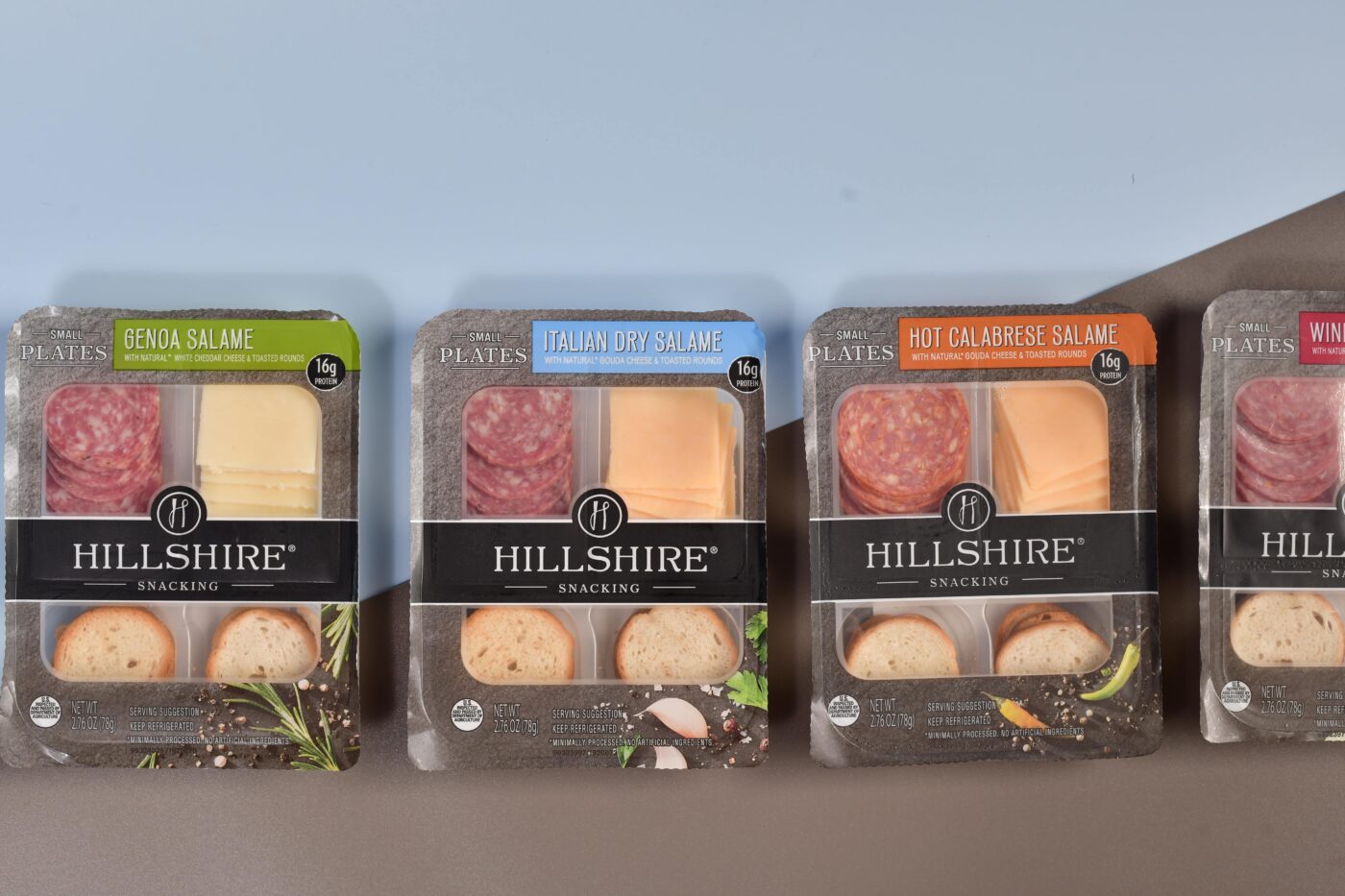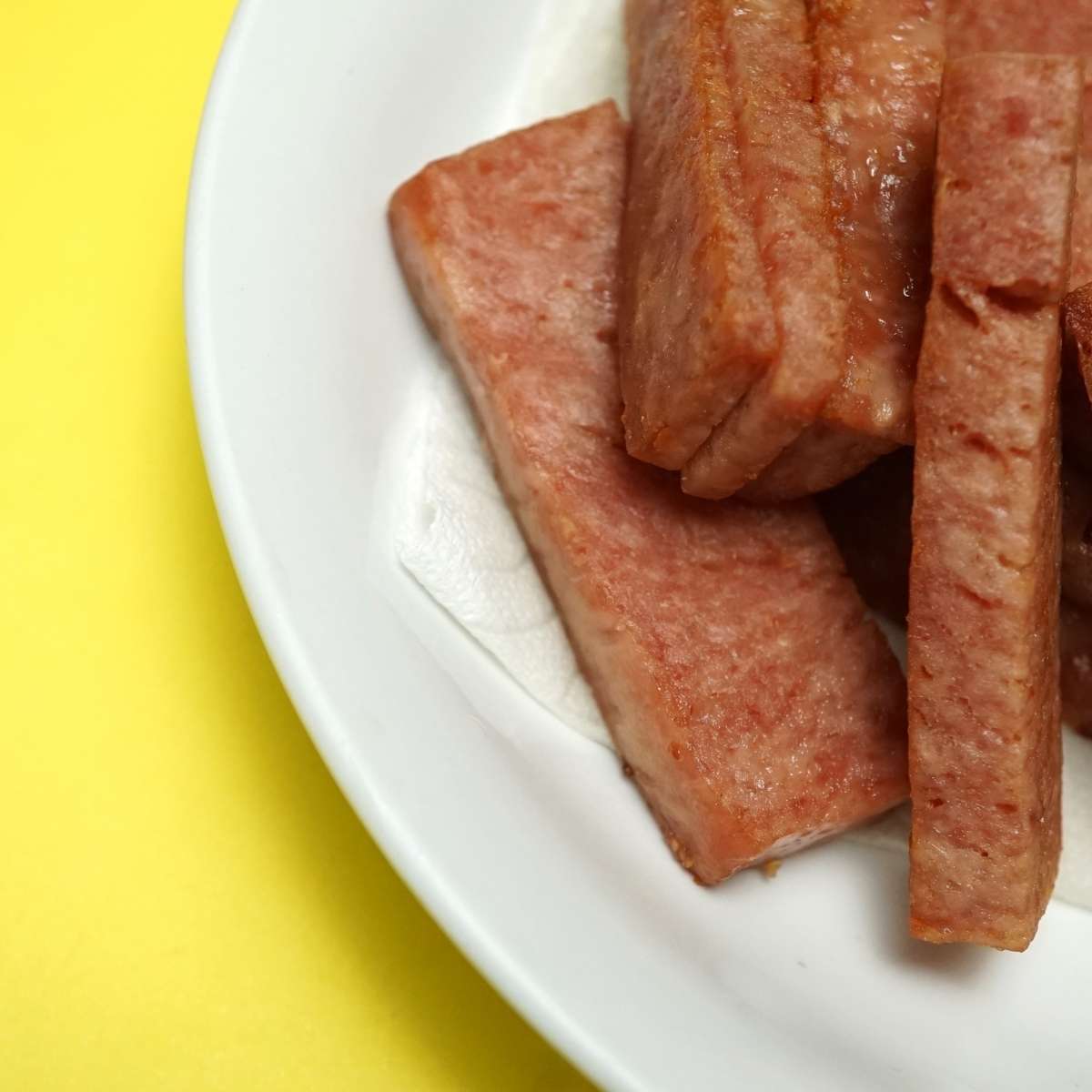
After years of lagging behind more commonly recycled materials like PET bottles,…


Even if you’ve never tried it, almost everyone is familiar with Spam—that stalwart icon of the grocery store’s canned meat section. In 1937, Spam was introduced in its highly recognizable pop-top can, and for 75 years, very little changed—until now. For the first time in its long history, Spam is significantly experimenting with its product packaging. More specifically, it’s introducing plastic packaging alongside its classic metal containers. What does it mean? What can packaging companies learn from it? The experts at PI wanted to take a closer look.
Hormel Foods, the owners of the Spam brand, give their focus on environmental friendliness some of the credit for their recent switch[1]. The company notes that the plastic packaging tub creates less waste than the classic metal can, and not just in manufacturing. These tubs tap into the growing consumer priority of easily saving leftovers—they come with a resealable lid that keeps the product fresh. The other changes to the product packaging, however, are much more telling—and provide packaging companies with a valuable lesson.
After 75 years, Spam is a product at a crossroads—it needs to retain its dedicated fan base of older consumers who have known the brand their entire lives, but it also needs to appeal to the next generation of potential customers. Switching to plastic food packaging allows Spam to do both.
Hormel notes that making the switch gives older consumers a package that is easier to open, while also appealing to younger consumers to whom meat from a can seems foreign. While changing the product packaging so dramatically could be seen as a risk, it’s actually a highly practical decision with a valuable lesson attached.
With Spam’s new plastic food packaging, Hormel is creating a practical appeal to their existing brand evangelists and key demographics while embracing the priorities of a younger generation of potential fans.
So what can packaging companies and designers learn from all of this? It’s never too late for a maneuver that can change your brand’s cultural impact and marketability. Even after 75 years, Spam is making itself relevant with young demographics—and without alienating its older fans, too. Of course, Hormel will still offer Spam in its iconic metal pop-top can, teaching perhaps one more lesson: Sometimes it’s a good idea to hedge your bets.
[1] http://www.packagingnews.co.uk/news/spam-launches-first-plastic-pack/
